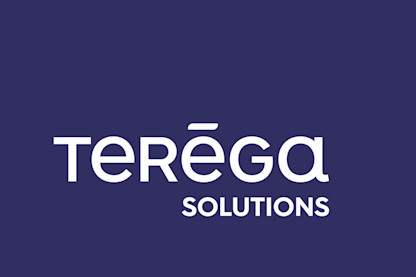Renewable energy: the source of a multi-energy future
By recycling waste or capturing the natural forces of the sun, the wind, the Earth, waterfalls and tides, we can produce renewable energy. These renewables generate next to no pollution and are inexhaustible – at least on a human timescale. This makes them a valuable alternative to fossil fuels, stocks of which are dwindling, and whose use is aggravating the greenhouse effect and climate change.

Biomass: recycling organic matter and waste
Biomass covers all organic materials that can be used to generate energy. Wood – which has been burnt since the dawn of time – is one example. But nowadays we have also learnt how to draw this renewable energy from many other sources, using processes such as gasification, pyrolysis and methanisation. These technologies are important in recycling many different types of organic waste from farming (manure, slurry, crop residues etc.), from agribusiness, or from local authorities (sewage sludge, household waste, cuttings from roadside verges etc.). The energy is then recovered in the form of a biogas, which can be used to produce heat, electricity, or to replace natural fossil gas.
Renewable electricity: turning air, water and sunlight into energy
Wind power
Wind power exploits the wind’s kinetic energy to produce mechanical action. This technology has been in use for centuries in the form of windmills. Like their ancestors, today’s wind turbines produce energy by capturing the movement of masses of air using their blades, then use that movement to run an electricity generator. They can be installed on solid ground or out at sea, which we refer to as “offshore wind”.
Hydraulic power
This refers to all power obtained by using water: dams where the water turns turbines, tidal power which uses changes in water levels as the tide comes in and goes out, tidal stream generators driven by ocean currents, and wave energy converters powered by the waves on the sea’s surface.
It is even possible to recover the thermal energy originating from the temperature difference between the deep water and surface water, or the osmotic energy arising from the pressure generated by a difference in salinity between seawater and freshwater.
Solar power
Drawn from the sun’s radiation, solar power can be exploited in two ways:
Photovoltaic energy, produced by cells that can transform part of the solar radiation into electricity, and thermodynamic energy, where the radiation is used to heat a fluid, as can be found in some domestic solar water heating applications. On a larger scale, if a system of mirrors is added to concentrate the sun’s rays, it can heat a fluid up to nearly 1000 °C, which can then be used to produce electricity.
Renewable electricity available at all times?
Whatever its source, be it solar, wind or hydraulic, renewable electricity remains intermittent by its very nature, because it is dependent on weather conditions. It is therefore extremely useful to be able to store it, making renewable energy available at all times. This is what hydrogen production through electrolysis makes possible:

Geothermal: mining energy from the Earth’s core
Geothermal consists in extracting the renewable energy contained in the form of heat deep down in the soil. This heat is essentially the result of the natural breakdown of fissile atoms (uranium, thorium and potassium) contained in rock, and it has the advantage of not changing with atmospheric conditions. Geothermal can be used for heating, but also to produce electricity.
Its use depends on the depth from which the heat is extracted. Deep geothermal (about 2500 metres for 150 to 250 °C) can be used to produce electricity. Medium-depth geothermal (particularly in hot water springs, between 30 and 150 °C) supplies urban heating networks. Finally, low-temperature geothermal (between 10 and 100 metres down, and less than 30 °C) is used by heat pumps.
Renewable energy: the pillars of tomorrow’s energy mix
Renewable energy is at the heart of our energy future. It allows us to reduce greenhouse gas emissions, as a response to the climate emergency, and to reduce air pollution, which is responsible for thousands of premature deaths in France every year. It also plays an important part in the country’s energy independence, helping relocate energy production. Lastly, it takes advantage of the resources within the territories, generating business and jobs which cannot be moved elsewhere.
The wide variety of renewable energy sources is their greatest advantage, providing answers to the needs of private users, companies and local authorities alike. The interconnection of these sources in smart multi-energy gridsallows us to optimise their availability and to build a robust, diverse and sustainable national energy mix.

